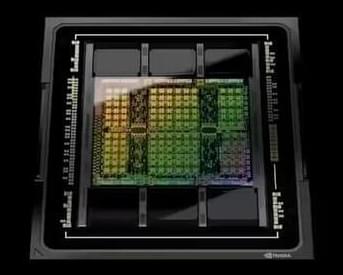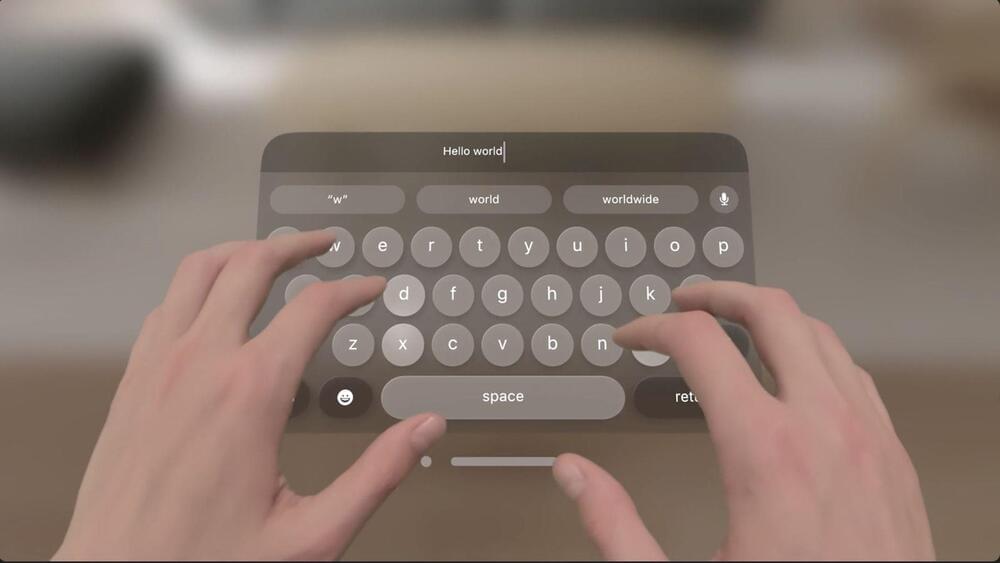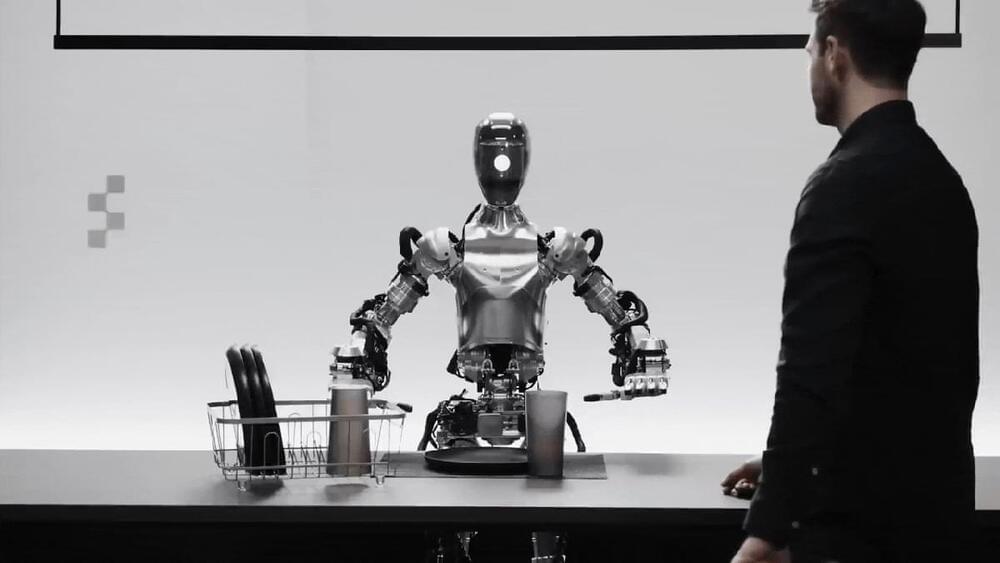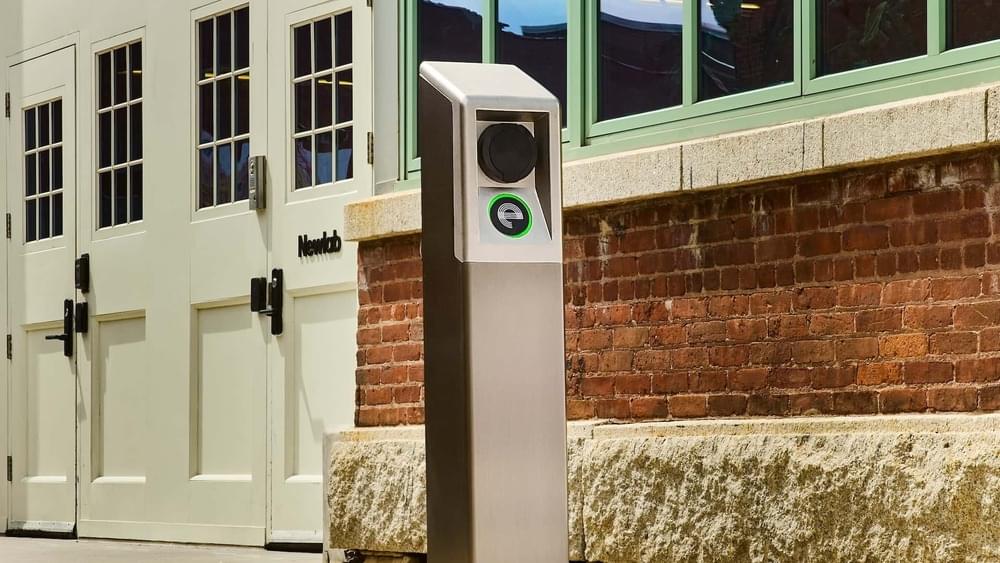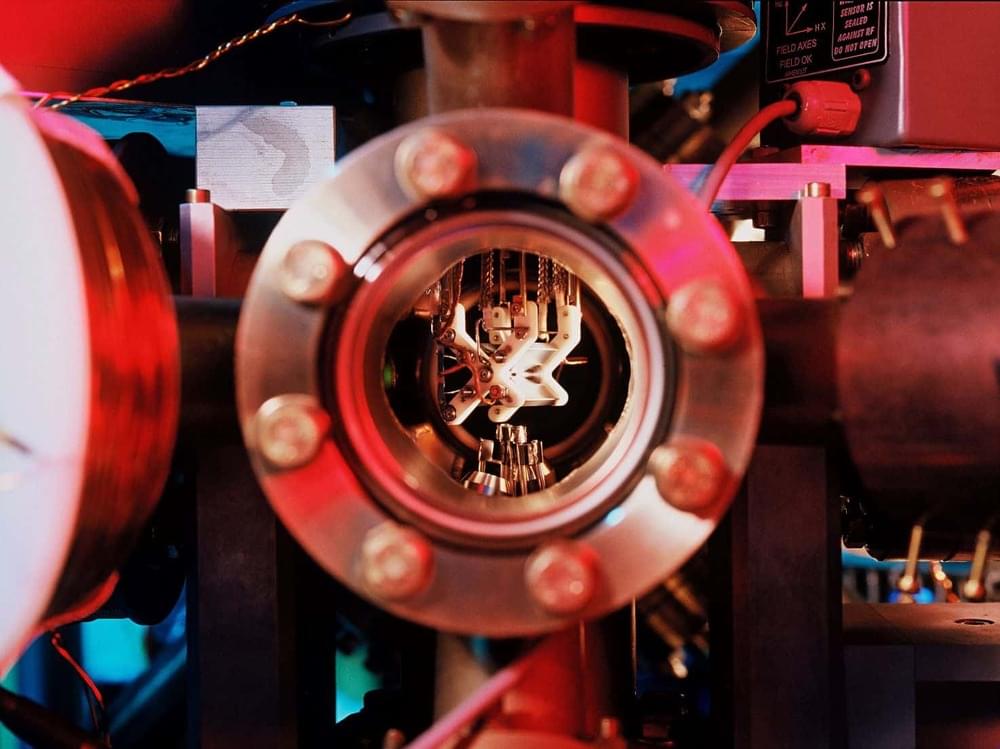GPUs sell for tens of thousands of dollars, and GPU-maker Nvidia is worth over $2 trillion. But what is a GPU, exactly, and why is it special?
Apple quietly purchased the startup earlier this year amid the company’s big push for more AI features in iOS 18.
BYD is launching another lower-priced electric model. The Chinese automaker introduced the new BYD e2 Honor Edition, starting under $13,000, in its latest move to steal market share from gas-powered cars.
After declaring a “liberation battle” earlier this year, BYD is launching an aggressive campaign aimed at taking market share from ICE vehicles.
BYD kicked off the campaign last month with the new Qin Plus EV, which starts at around $15,000 (109,800 yuan). The company claimed its new EV opened a “new era of electricity is lower than oil.”
Apple will soon add 12 new languages to the virtual keyboard on the Vision Pro, based on code discovered by MacRumors. Right now, the Apple Vision Pro keyboard only supports English (US) and Emoji, which makes sense as it is limited to the United States.
To bring the Vision Pro to new countries, Apple needs to add support for additional languages. The code indicates the following languages will be added:
Tesla’s Optimus is taking baby steps while OpenAI’s Figure 1 is doing burnouts on the track.
New York startup itselectric hit an important milestone with its detachable Level 2 chargers, coming soon to Detroit and other cities.
Everybody involved has long known that some math problems are too hard to solve (at least without unlimited time), but a proposed solution could be rather easily verified. Suppose someone claims to have the answer to such a very hard problem. Their proof is much too long to check line by line. Can you verify the answer merely by asking that person (the “prover”) some questions? Sometimes, yes. But for very complicated proofs, probably not. If there are two provers, though, both in possession of the proof, asking each of them some questions might allow you to verify that the proof is correct (at least with very high probability). There’s a catch, though — the provers must be kept separate, so they can’t communicate and therefore collude on how to answer your questions. (This approach is called MIP, for multiprover interactive proof.)
Verifying a proof without actually seeing it is not that strange a concept. Many examples exist for how a prover can convince you that they know the answer to a problem without actually telling you the answer. A standard method for coding secret messages, for example, relies on using a very large number (perhaps hundreds of digits long) to encode the message. It can be decoded only by someone who knows the prime factors that, when multiplied together, produce the very large number. It’s impossible to figure out those prime numbers (within the lifetime of the universe) even with an army of supercomputers. So if someone can decode your message, they’ve proved to you that they know the primes, without needing to tell you what they are.
Startups and tech giants are trying to move from chatbots that offer help via text, to AI agents that can get stuff done. Recent demos include an AI coder called Devin and agents that play videogames.
Bill Gates said current AI models need “data that embodies the expertise,” such as in pharmaceuticals or agriculture, in order to succeed.
